The North Saskatchewan River Valley and Ravine systems play a significant role in ecological connectivity within the greater Edmonton area, contributing to the protection of biodiversity in the region while also supporting climate mitigation and adaptation initiatives. The North Saskatchewan River Valley in the Edmonton region had the unique opportunity to join the National Urban Park program. Why has progress stopped?
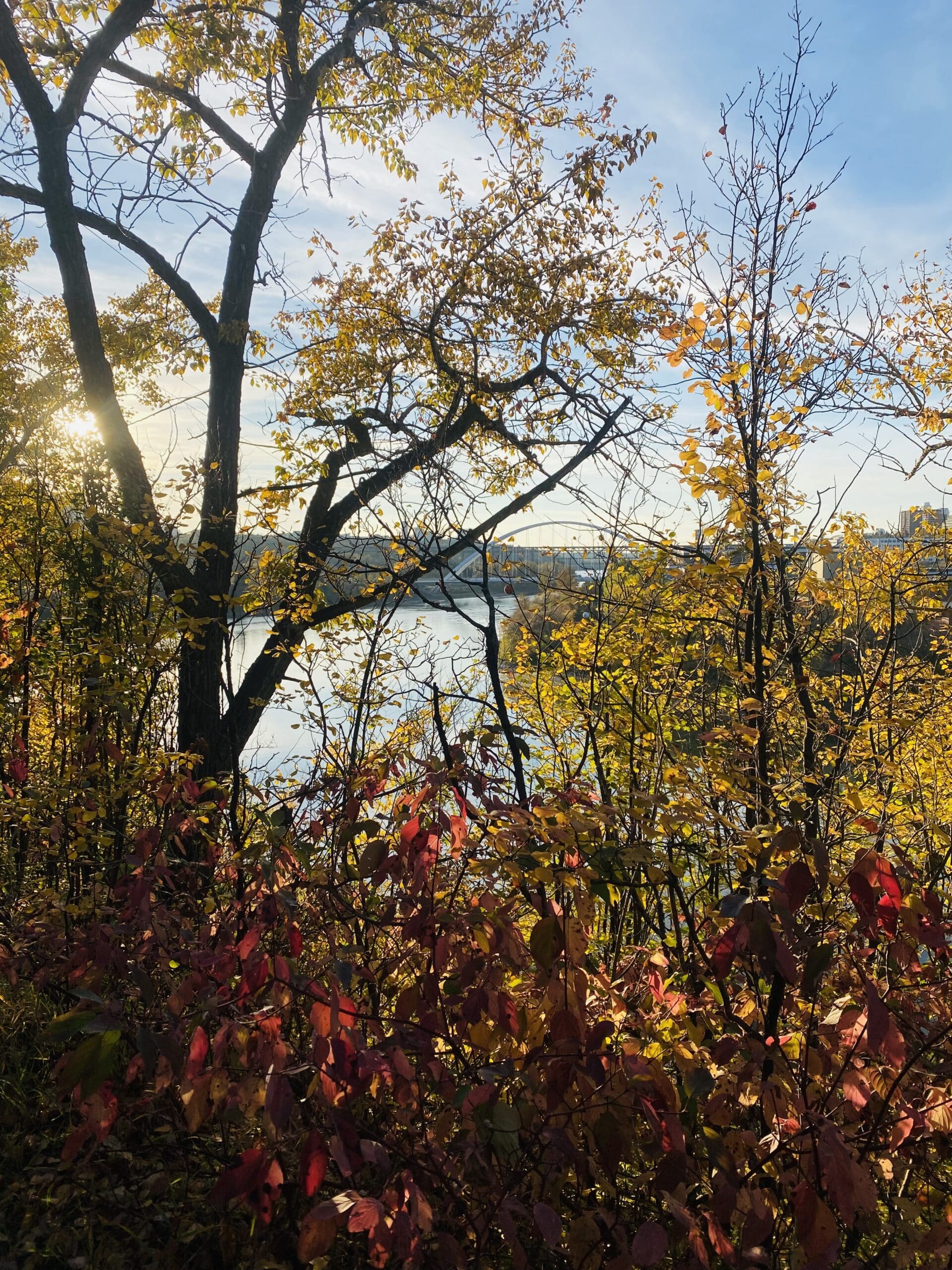
What is a National Urban Park?
Urban protected areas are protected areas situated in or at the edge of larger population centres, and managed by federal, provincial, or local governments, in some cases in collaboration with local environmental or community organizations.
National Urban Parks would meet the International Union on the Conservation of Nature’s definition of a protected area and can fit in any of its six Management Categories: A clearly defined geographical space, recognized, dedicated and managed, through legal or other effective means, to achieve the long-term conservation of nature with associated ecosystem services and cultural values.
To be effective, National Urban Park planning should be done at the regional scale and partner closely with other regional interests, including Indigenous communities, municipalities, federal and provincial governments, non-profit organizations, private land holders and industry. The key principles and values of establishing a National Urban Park must be centred on conserving nature while providing benefits to people in a way that fosters reconciliation and respects the leadership and sovereignty of Indigenous nations.
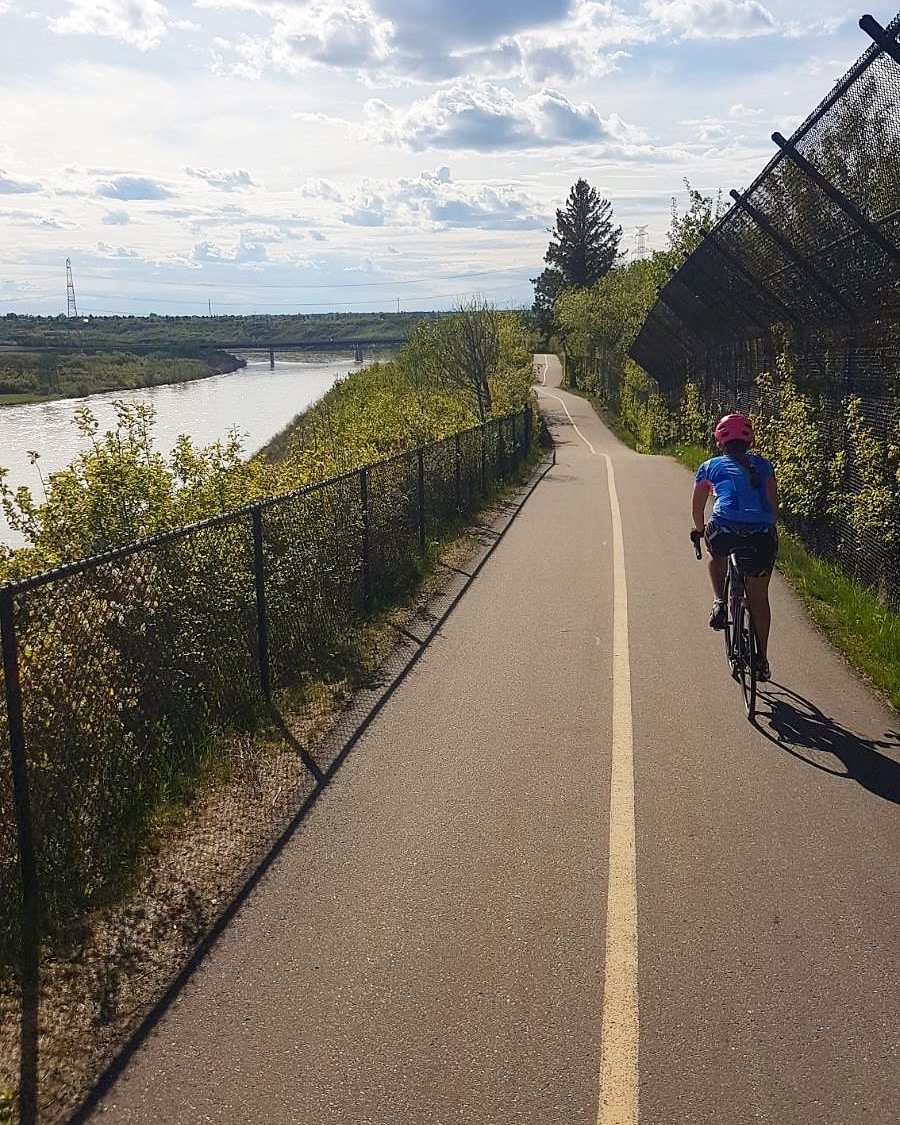
Connection to Community, Nature, and History

Easing Access to Nature
As more Canadians choose to reside in urban settings, this important shift must be considered in conservation planning to ensure there are maximum benefits to both nature and people. The creation of a National Urban Park (NUP) network not only serves as a welcome step towards addressing the lack of access to nature and its associated benefits in urban settings, but also can provide a plethora of other benefits to nature, climate, and people. These benefits would include biodiversity conservation, opportunities to utilize green infrastructure to help mitigate the effects of climate change, as well as helping species adapt to climate change by improving landscape connectivity.
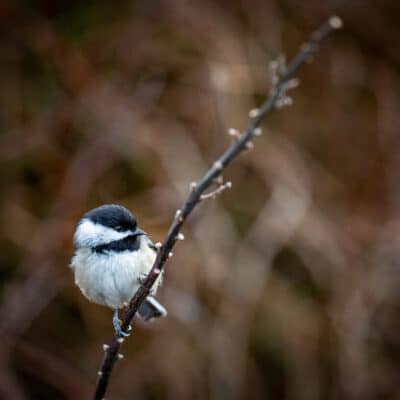
Protecting Urban Biodiversity
Ensuring urban protected areas are well-designed and well-managed will be critical for delivering on the federal government’s commitment to halt and reverse biodiversity loss by 2030 and contribute to delivering on their promise to protect 30% of the country by 2030, particularly in southern Canada.
Maintaining and restoring ecological connectivity in urban and near-urban environments will also be essential to ensure urban protected areas live up to their potential to address biodiversity loss and contribute to climate change adaptation.
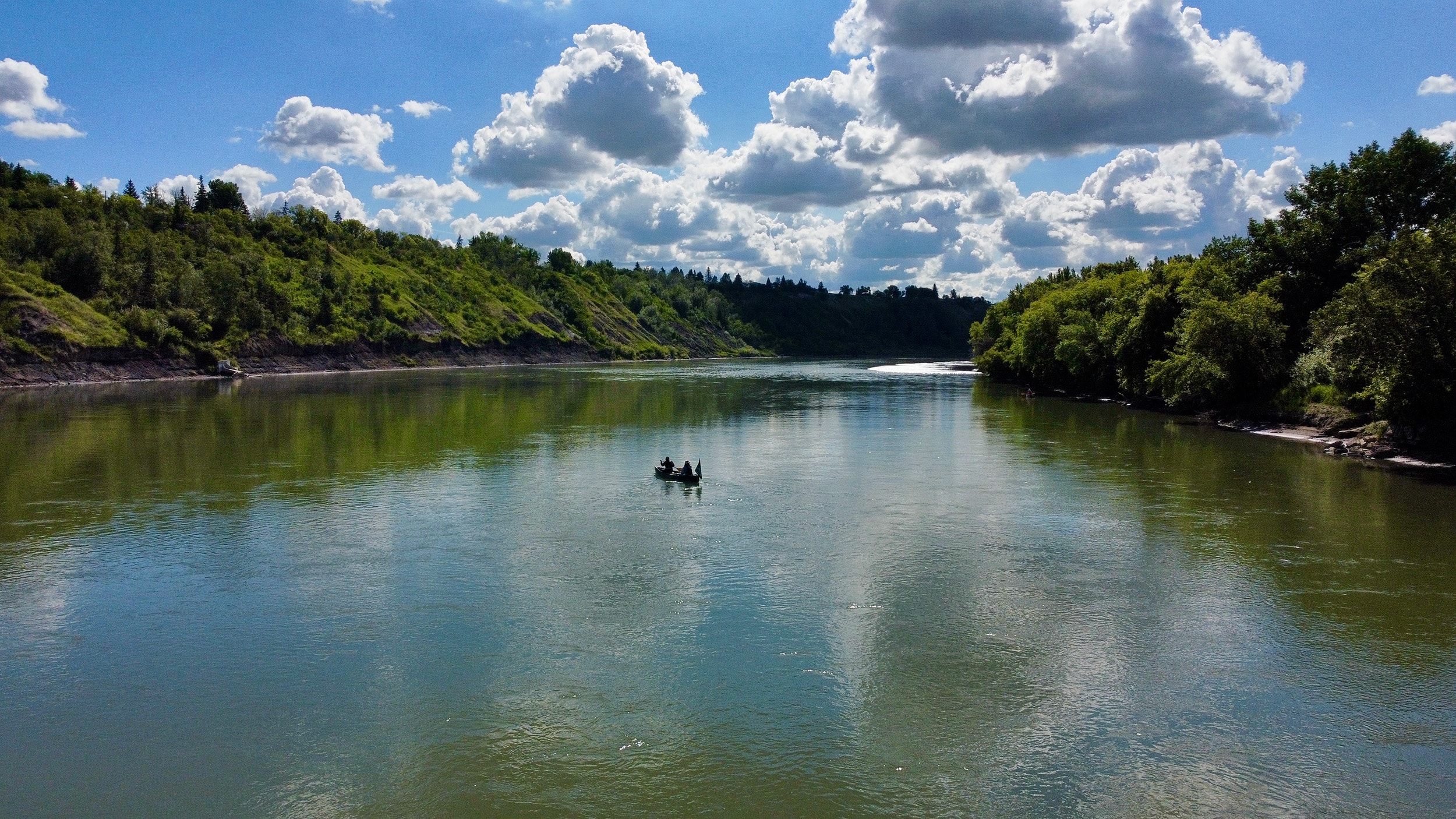
What Happened?
The policy process for the creation of a National Urban Park began in the prefeasibility stage, in which a candidate site is determined, and partners partake in initial conversations to develop an engagement approach. For Edmonton, partners included the City of Edmonton, Parks Canada, the Confederacy of Treaty Six First Nations, the Otipemisiwak Métis Government (formerly the Métis Nation of Alberta), and the Government of Alberta. While the Government of Alberta was invited to participate actively in these initial conversations, they chose to take an observer role.
Despite their participation in the pre-feasibility stage, in 2023, the Government of Alberta passed Bill 204. Bill 204 amends the Municipalities Act and directly impacts a municipality’s ability to engage in activities aimed at creating a National Urban Park. The bill states a municipality is not permitted to engage with the federal government on a National Urban Park initiative, except under provincially set circumstances, which are yet to be made public. The bill effectively ended conversations and pre-feasibility work.
Consequently, the pathway to the protection of Edmonton’s urban green spaces, such as the river valley through a National Urban Park, has been blocked, leaving Edmonton without access to federal funding and expertise, no framework for Indigenous co-governance of the Edmonton river valley, and few long-term conservation measures.
However, a National Urban Park is not the only option for urban greenspace protection. In fact, municipal bylaws have the potential to provide comparable ecological protection.
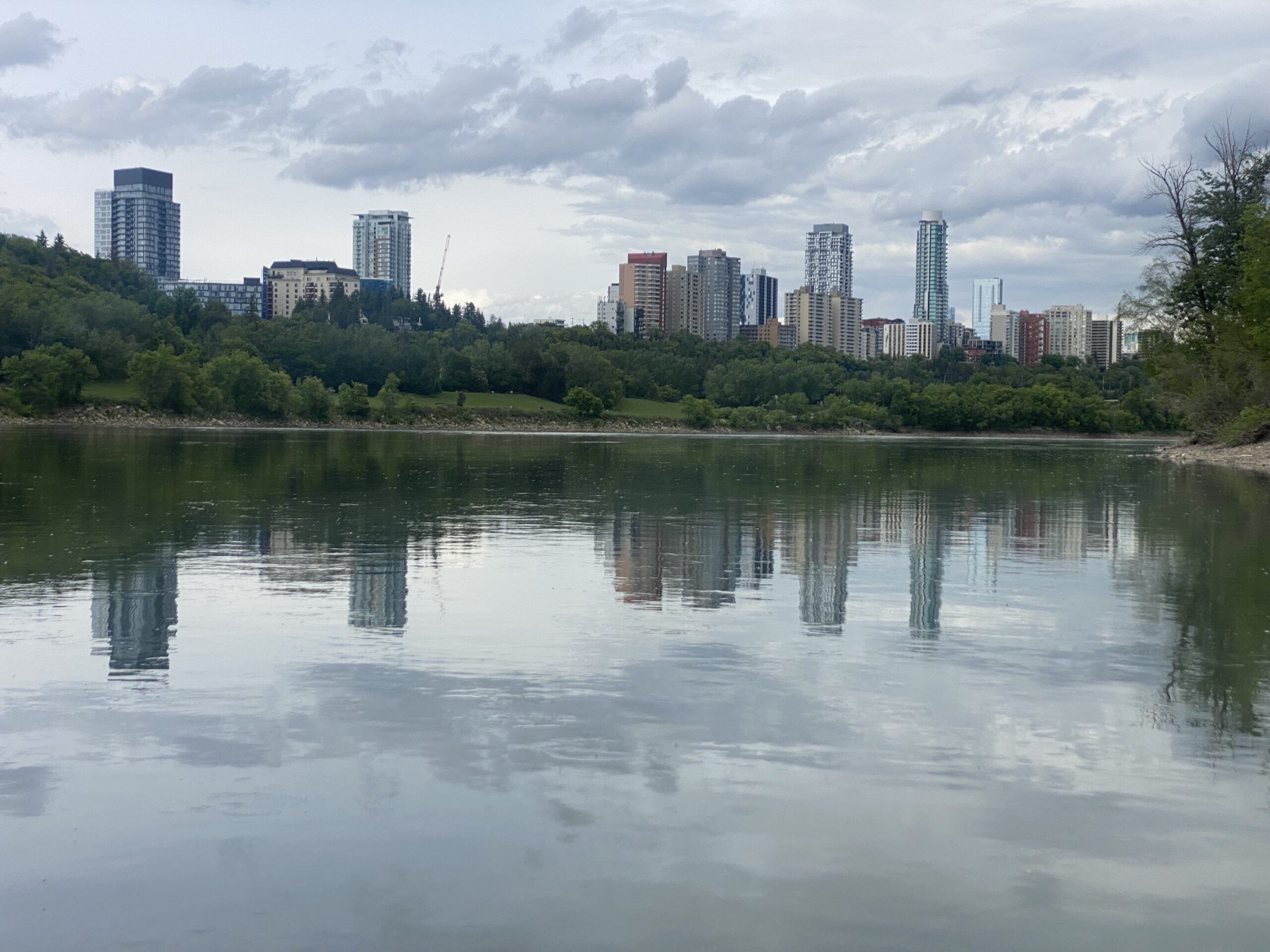
Where Are We Now?
Following the pause of the National Urban Park pre-feasibility stage, the city of Edmonton began updating its river valley bylaws. The newly developed River Valley Modernization Plan has two components: the Ribbon of Green and the River Valley Area Redevelopment Plan (ARP). The Ribbon of Green acts as a guiding document for the River Valley ARP. Whereas the River Valley ARP is the enforceable bylaw document that stems from the vision laid out by the Ribbon of Green. These bylaws will govern land use in the river valley. Unfortunately, the River Valley ARP misses its opportunity to enact strong and protective bylaws, instead opting to use broad and discretionary language that opens loopholes that can be exploited to allow development in ecologically sensitive areas.
Without permanent protection, the river valley is at risk of losing the ecology that makes it so special. Development pressures can lead to green space loss and habitat fragmentation that disrupt the natural flora and fauna of ecosystems. In fact, based on an analysis conducted by CPAWS in 2024, 4.20% of natural areas within the North Saskatchewan River Valley and Ravine System from 2005 were classified as developed or modified (lost) in 2021. The amount of natural area in the river valley being lost to development will continue to decline if strong protection measures are not enacted.
How does the new bylaw compare?
The following table illustrates how Edmonton’s River Valley Modernization Plan falls short of delivering strong and enforceable protections seen in other jurisdictions, such as London, Ontario.
| 1985 Bylaw | River Valley Modernization | London Ontario Municipal Bylaws | |
|---|---|---|---|
| Policy Language Strength | Used firm language like shall | Uses more discretionary language like should and discouraged | Uses firm language like shall and must |
| Development and Council Oversight | Development in the river valley boundaries required Council oversight and had to be ‘deemed essential’ | Some development is allowed to proceed without council oversight. Generally, development is not prohibited. | All development is subject to council oversight. Development with unmitigable impacts to the ecological function of ESAs is prohibited. |
| Enforceability | Moderately enforceable, some subjectivity | Weak language implies subjectivity and case-by-case decision making | Legally binding protections for ESAs |
| Ecological Connectivity | Not mentioned | Recognized as a value but no clear, binding standards or targets | Explicit emphasis on the restoration and maintenance of ESAs as ecological corridors |
Make a donation
Move conservation forward in Alberta.
Lasting protection for nature and wildlife in Alberta doesn’t happen overnight (although we wish it did)! Your donation fuels our fight for nature. Donate to support CPAWS Northern Alberta’s conservation efforts.
